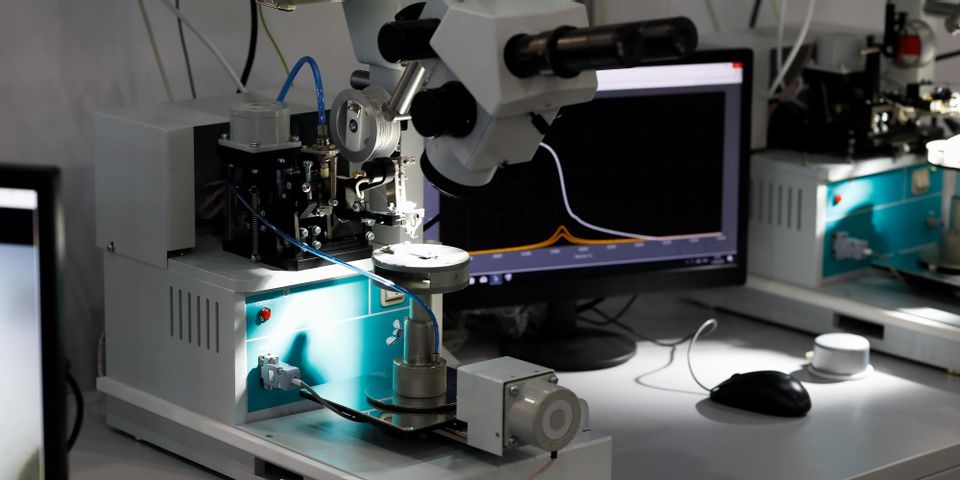A Guide to Ultrasonic Welding

Adhesives are often used in medical device manufacturing to bond materials together. However, many manufacturers have preferred ultrasonic welding since the 1940s. Welding allows for stronger and faster adhesion without potentially damaging electronic components. For more information on the process, consult the guide below.
How Does Ultrasonic Welding Work in Medical Device Manufacturing?
Medical device components are set on a fixture or anvil. An ultrasonic horn is then placed on the points where the materials need to be bound together. Pneumatic pistons use air pressure to hold the horn and the pieces in place. Once safe, the horn emits between 20,000 and 40,000 ultrasonic vibrations per second. Depending on the material, the horn will use a frequency of 20, 30, or 40 kHz. The vibrations rub components against each other at their connection points. By creating frictional heat at the contact areas, the materials form a tight bond.
How Do You Bond Metals & Plastics?
Plastics
 In medical device manufacturing, technicians rely on plastic and metal components. They’re durable and reliable, but they have different bonding needs.
In medical device manufacturing, technicians rely on plastic and metal components. They’re durable and reliable, but they have different bonding needs.
Technicians use perpendicular vibrations on plastic surfaces to generate frictional heat. In this process, the plastic surfaces are melted together, so their molecules can mix. Welding plastics is a notably brief task, often only taking a fraction of a second.
Metals
Ultrasonic vibrations are emitted parallel to the surfaces of the connecting materials. The frictional heat increases the temperature to approximately 1/3 of its melting temperature. Instead of melting, the heat removes the films and metal oxides from the surfaces. In turn, the metal’s atoms move between the surfaces, forming bonds that hold them together.
What Are the Benefits of Using Ultrasonic Welding for Medical Device Manufacturing?
Ultrasonic welding allows components to melt and flow together, forming a bond that’s stronger than using any glues or adhesives. It’s also a much faster process, taking as little as 0.25 seconds to bind components together. Adhesives need time to cure, which often causes production delays.
While using an iron press can make similar bonds, ultrasonic welding heats and cools components faster and with increased heat distribution accuracy. The convenience allows for sturdier medical devices to be manufactured faster, benefiting purchasers who need these products quickly.
For nearly 20 years, Pacific Integrated Manufacturing Inc. has created cost-effective medical devices while always maintaining a high quality level. They offer complete contract medical device manufacturing, including assembly kitting, thermoplastics, and sterilization management. Their technicians obtain the materials themselves to ensure they’ll withstand the test of time. To benefit their clients throughout the Bonita, CA, area, they also offer emergency and rush manufacturing. For more information on their services, visit their website. To receive a free quote, call them at (619) 921-3464.
About the Business
Have a question? Ask the experts!
Send your question

